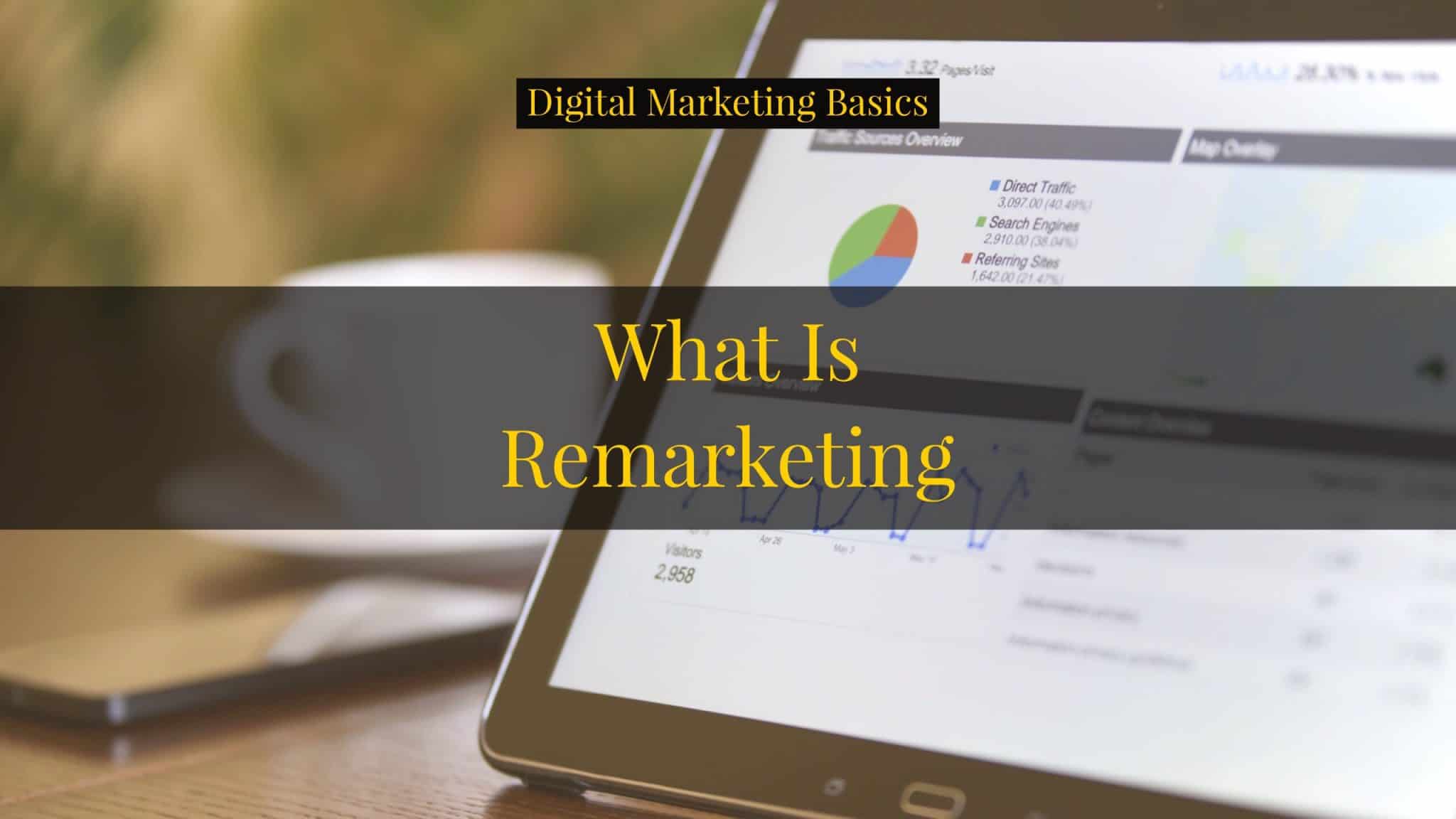Remarketing is a marketing tactic that targets people who have previously engaged with your organization.
The most popular medium of remarketing is through ads. But it can also be done through email and messaging/chat bots.
How Remarketing Works
Have you ever browsed websites like Lazada or Galleon or MNLGrowkits then went back to Facebook only to see some of the products you were looking at show up as ads?
That’s remarketing at work.
You visited their website, browsed a few pages, but did not buy anything. You closed the browser. Hours later you opened Facebook. After a few scrolls, you see the items you were looking at show up there on your feed.
Why Is Remarketing Important
Using remarketing is one of the ways to achieve a higher ROI on ad spend because you are targeting people who are either engaged or interested with you already.
You’re not advertising to people who haven’t heard about you.
You already know they are engaged or interested because they went the extra action of clicking to your website — whatever marketing channel they came from (e.g. paid ads, organic, social, etc.). And if you’re using some advanced remarketing tactics (e.g. basing it on actions like add to cart instead of a simple page view), you can really create a targeted remarketing campaign.
Contrast that with how most marketers advertise today — they target ads based on demographics and location information.
In this type of advertising, people may or may not know you. Also, they may not be in the right stage of the buyer’s journey.
That is the reason why you spend a lot of money in this type of advertising (vs remarketing) because it’s a hit or miss.
Half the money I spend on advertising is wasted; the trouble is I don’t know which half.
– John Wanamaker
Don’t take this the wrong way.
Cold traffic advertising is also a viable tactic provided that you know what you’re doing. What that simply means is once you get the cold traffic, don’t expect them to buy right away.
You create remarketing campaigns to move them down the funnel — to make them take action like adding items to the cart, downloading stuff, checking out, or an actual purchase.
Should You Use Remarketing?
Most of the time, eCommerce stores utilize remarketing to promote their products with the goal of you purchasing one of their products.
But non-eCommerce stores can definitely greatly benefit by using remarketing.
Remarketing can be implemented in many ways. It does not have to be a “purchase” type of ad. It can be educational in nature (i.e. brand building)
For example, you can create remarketing ads for your most popular blog posts. Let’s say you are writing about a series on remarketing. To maximize readership, you remarket blog post 2 to the people who read blog post 1. Then, once you finish writing blog post 3, you remarket that to people who read blog post 2.
This way, your ads have a higher chance of better performance because you already know the people you are targeting are not only interested in that topic, but also know they actually read them.
So, if I were to implement one, I will be remarketing my 10 Commandments for Effective Digital Marketing. Or, I can also group the topics of my 1-Minute Marketing Videos (1MMVs) and remarket those.
Remarketing via Email
Like I said, you can do this via email too.
Instead of ads, you create an email (or a series). This is sent after the person performs a certain action or trigger.
For eCommerce stores, the most common is the cart abandonment email. Here’s how that works.
When you add some items to the cart but did not purchase, you get an email from them a few hours later reminding you to complete your order.
The trigger in this case is the non-completion of the purchase after adding one or more items in their shopping cart.
Another example is a “how can we help” email. The trigger would be when the person visits the knowledge base section of your website.
After their last session, you send them an email asking if they found what they were looking for. And that they can simply reply to this email if they have further questions.
This can then be supplemented with ads that display the same message (i.e. complete your order), but will show up on Facebook or on Google.
The only requirement for you to implement this is an email marketing software that allows you to integrate with others (or if you have a full marketing automation suite).
So, What Will You Do Next
I already shared how to do this in my post about how to create a lead nurturing campaign. The idea and the process is similar.n
Remarketing campaigns — whether done via email or ads — can increase your ROI. A simple cart abandonment email campaign can generate additional revenues by as much as 20%.
Since you are already using tools like an email marketing software or AdWords or Facebook Ads, it’s worth investing a couple of hours to set this up. It takes minimal work but the rewards are exponential.



